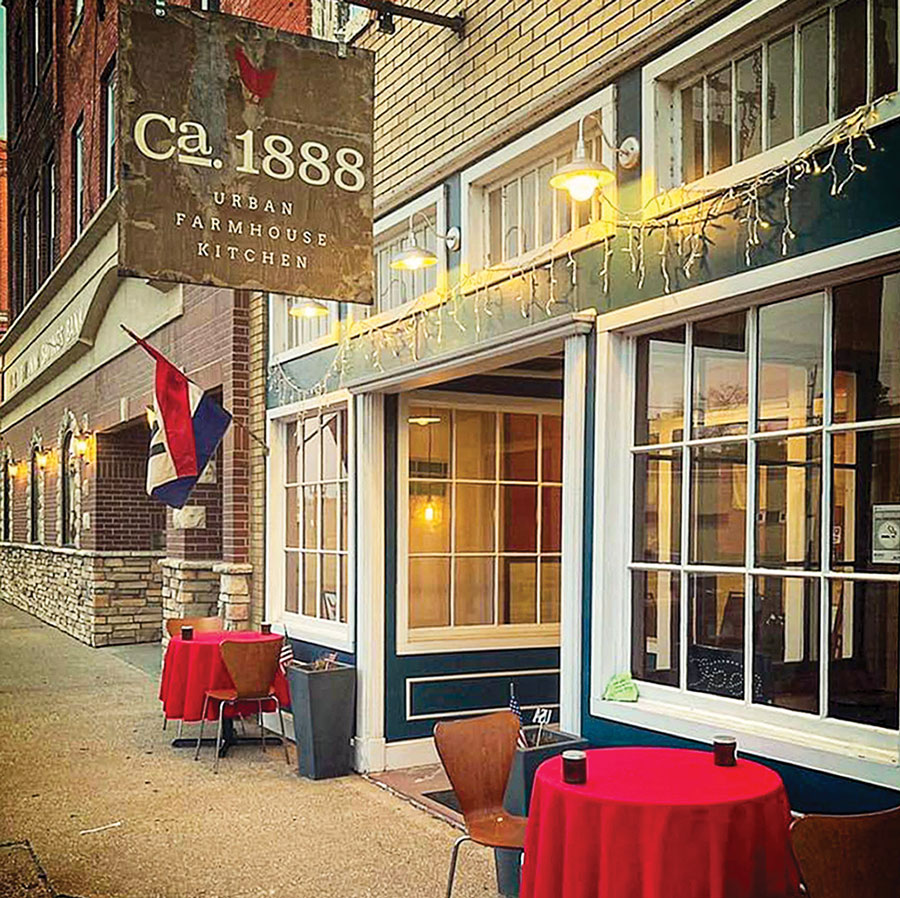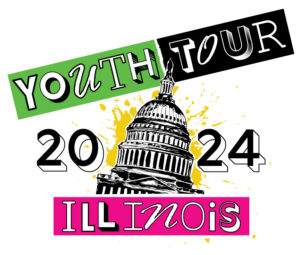NRECA has joined with 17 of its member electric cooperatives to apply for $8 million in federal grants to bring electric vehicles to low-income rural communities.
Most of the proposed co-op projects would install public EV charging stations at key locations such as low-income apartment complexes, medical facilities, parks and highway corridors, said Brian Sloboda, NRECA’s director of consumer solutions.
“In some cases, these would be the first public chargers that anyone in the community has ever seen,” he said.
The DOE will fund 50 percent of the cost of the projects, leaving co-ops and any community partners to pay the rest. The agency will announce a maximum of five winners at the end of the highly competitive process in October. The co-ops are competing as one unit, rather than as individual businesses, with NRECA as the project leader.
“I don’t think you can find another team that represents such a diverse group of utilities, projects and communities and that meets the ambitious goals of the Department of Energy,” Sloboda said.
When NRECA announced in April that it was seeking co-ops to apply for the DOE grants, more than 50 expressed interest, he said. However, the fast turnaround time for proposals—which had to be completed in about eight weeks—quickly narrowed the field.
“There are going to be other funding opportunities for EVs, but they all require a very quick turnaround,” Sloboda said. “I would urge co-ops to develop their project ideas now.”
Despite increasing interest in EV charging by for-profit companies, “few companies are building this infrastructure and trying to grow EVs in the rural areas except these non-profit, consumer-owned electric cooperatives,” he said.
Egyptian Electric Cooperative Association (EECA), Murphysboro, is one of the 17 co-ops included in the NRECA proposal. Projects had to fall within the categories of corridor, destination, housing and education. If approved, EECA would receive monies for a three-year project. Year one includes several EV level 2 chargers scattered throughout its service territory in housing, destination and corridor locations. Year two plans include level 2 chargers designated as corridor and destination areas and a driver’s education vehicle. In year three, it would add level 2 destination chargers and a DC fast corridor charger.
“It’s a long-haul investment that’s not going to pay off overnight,” Sloboda said. “This is where we need the leadership from the DOE in recognizing the needs of these underserved rural communities. Without co-ops working with the DOE, we probably won’t see rapid progress.”
Source: Erin Kelly, NRECA









